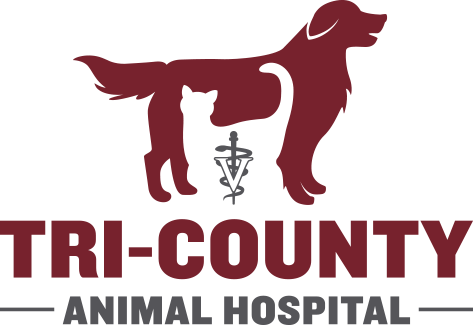Periodontal Disease in Pets: Causes, Symptoms, and Treatment
Periodontal Disease in Pets – An Overview
- Inflammation of the tissues around and supporting the tooth; the tooth support structures include the gum tissue (known as “gingiva”); the cementum and periodontal ligament (the cementum and periodontal ligament attach the tooth to the bone); and the alveolar bone (the bone that surrounds the roots of the tooth); periodontitis (inflammation/infection of the tissues around and supporting the tooth) indicates some degree of periodontal attachment tissue loss (that is, some loss of the structures [cementum, periodontal ligament, alveolar bone] that attach the tooth to the bone).
- Both dogs and cats get periodontal disease
Signs/Observed Changes in the Pet
- Swelling of the gum tissue (known as “gingival tissue”)
- Bad breath (known as “halitosis”)
- Redness or fluid build-up (edema) of the gums
- Variable amounts of plaque (the thin, “sticky” film that builds up on the teeth; composed of bacteria, white-blood cells, food particles, and components of saliva) and tartar or calculus (mineralized plaque on the tooth surface)
- Gum surfaces bleed easily on contact (for example, during play or physical examination)
- Loose teeth, missing teeth, and exposure of roots of the teeth
Causes of Dental Disease in Dogs and Cats
- Plaque bacteria (bacteria found in the thin, “sticky” film that builds up on the teeth)
Treatment for Periodontal Disease in Animals
Dental Care
- Professional cleaning is an important part of dental care.
- Periodontal surgery.
- The ultimate goal of periodontal therapy is to control plaque and prevent attachment loss; a willing pet and a client who can provide home care are important considerations in creating a treatment plan.
Diet
- Dry food or hard, biscuit-type foods are preferable to soft, sticky foods.
- Dental diets, such as Hill’s Prescription Diet t/d—specifically indicated to control plaque (the thin, “sticky” film that builds up on the teeth; composed of bacteria, white-blood cells, food particles, and components of saliva) and tartar or calculus (mineralized plaque on the tooth surface) in dogs and cats.
Medications for Pet’s Periodontal Disease
Medications presented in this section are intended to provide general information about possible treatment. The treatment for a particular condition may evolve as medical advances are made; therefore, the medications should not be considered as all inclusive:- Antibiotics—clindamycin and amoxicillin/clavulanic acid are approved for periodontal disease
- Tetracycline
Follow-Up Care
Patient Monitoring
- The degree of periodontal disease determines recall interval; some pets are checked monthly, while others can be evaluated every 3–6 months.
Preventions and Avoidance
- Professional dental cleaning and home care are essential for prevention of periodontal disease.
- Your pet’s veterinarian will discuss home care and available products and will provide instructions for their use.
Possible Complications
- Loss of teeth; loss of bone structure in lower jaw (mandible), leading to shortened lower jaw; tongue protruding from mouth.
- Generalized infection in the body.
- Possible heart, liver and/or kidney disease.
Expected Course and Prognosis
- The response of the individual pet and the expected course and prognosis are highly variable.
- Early diagnosis and appropriate treatment can minimize the destructive effects of this disease.
Key Points
- Periodontal disease is the most common infectious disease in dogs and cats.
- Periodontal disease can lead to infection in other areas of the body and may cause heart, liver, and or kidney disease.
- Professional dental cleaning and home care are essential for prevention of periodontal disease.
- Our staff will discuss home care and available products and will provide instructions for their use.
